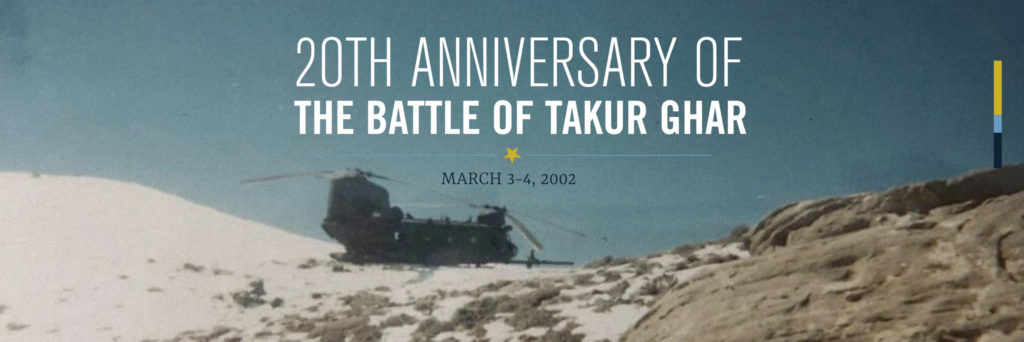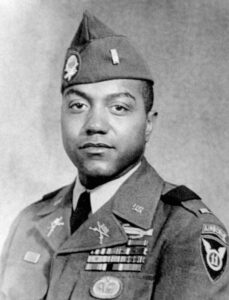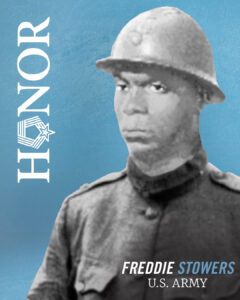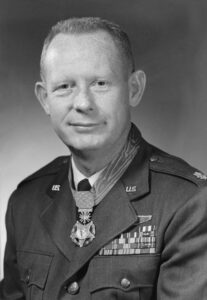March 3-4, 2002
When the terrorist attacks of September 11, 2001, initiated what has become known as the Global War on Terror, the United States had not participated in any major combat operations in a little over a decade. The Battle of Tora Bora in December of that year, an operation along the Afghan-Pakistani border aimed at destroying Al Qaeda’s leadership, involved U.S. special forces; but it was not until Operation Anaconda in March 2002 that American troops would be deployed in combat on a large scale. The learning curve was steep and would result in substantial casualties.
Launched on March 2, Operation Anaconda aimed at the encirclement and strangulation of substantial Al-Qaeda and Taliban forces in Afghanistan’s mountainous Paktia Province. U.S. Army, Air Force, and Navy conventional and special forces, along with troops from allied nations such as the United Kingdom and Canada, participated in this two week operation, penetrating the remote region largely by helicopter airlift. This exceptionally dangerous mode of operation came into clear focus on March 4 during the Battle of Takur Ghar, also known as Roberts Ridge.
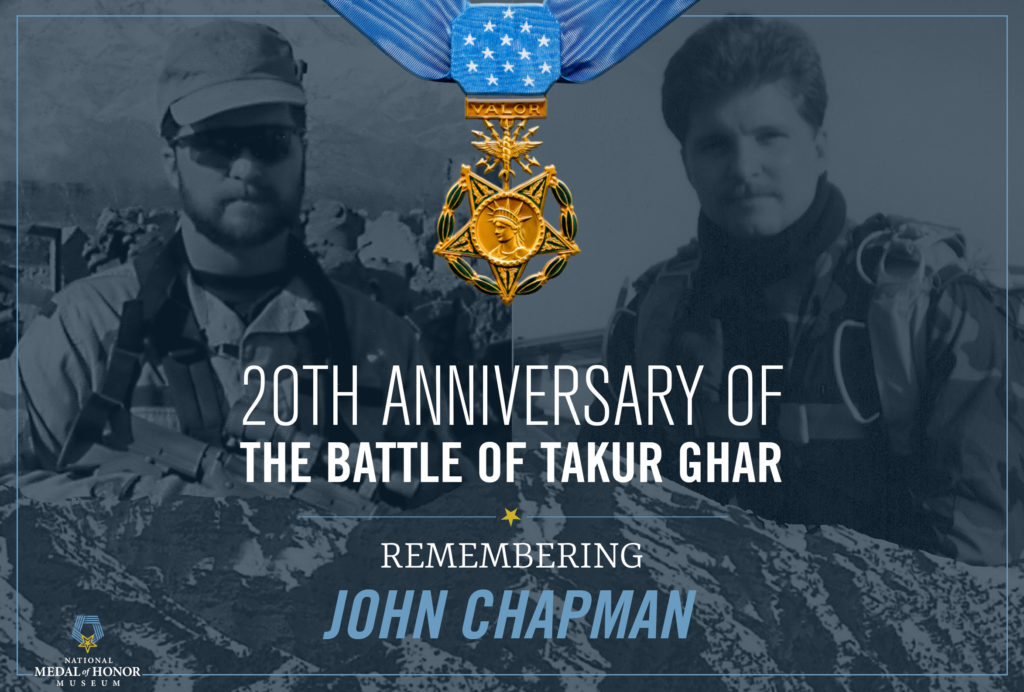
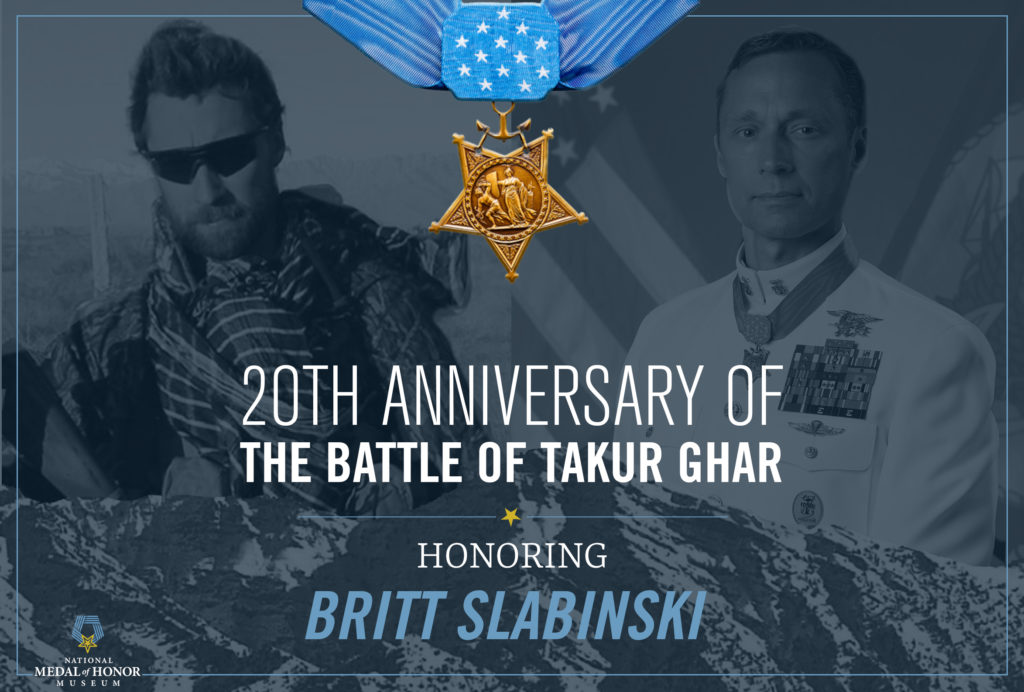
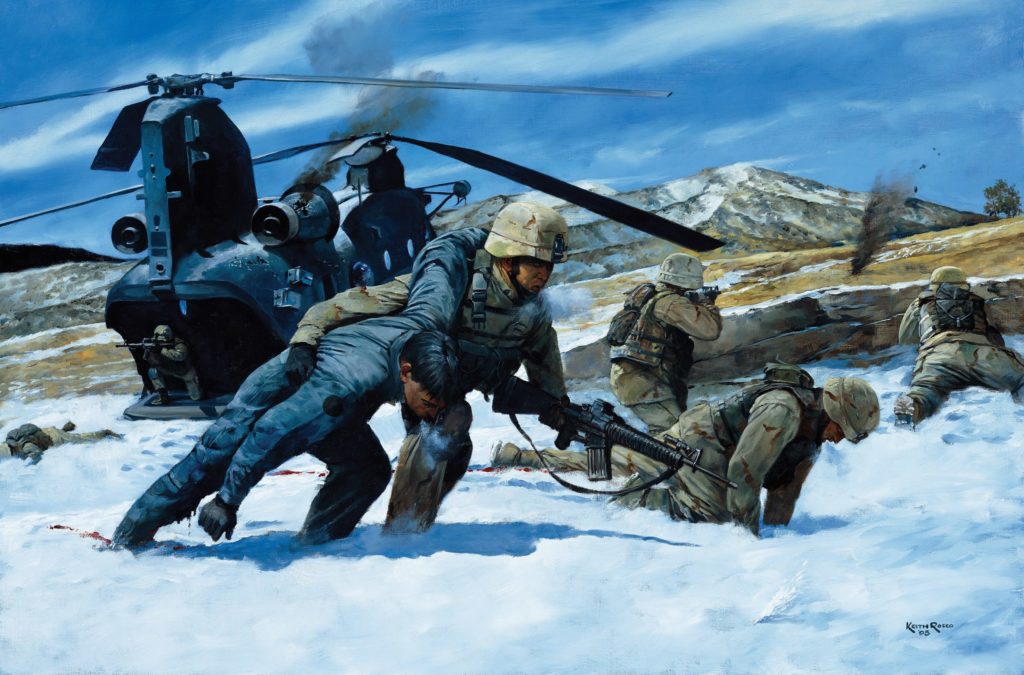
This engagement began with the deployment on the evening of March 3 of MAKO 21 and MAKO 30, two seven-man SEAL teams originating from “Seal Team Six,” officially known as the Naval Special Warfare Development Group, or DEVGRU. MAKO 30, commanded by Senior Chief Britt Slabinski, consisted of six SEALs and U.S. Air Force Combat Controller, Sergeant John A. Chapman. The team’s objective was the peak of a mountain called Takur Ghar with an elevation of almost 10,500 feet, overlooking the Shah-i-Kot Valley. From here the team would be able to observe enemy activity in the surrounding area, and, with Chapman’s expertise as a Combat Controller, call in airstrikes.
The initial intention was for the team to be inserted by helicopter almost a mile east of Takur Ghar and then make their way up to the peak before daylight on March 4. Slabinski asked for a 24-hour stay in order to secure additional reconnaissance and make further preparations but was ordered to proceed with the operation. Unfortunately, problems in coordinating with scheduled airstrikes, followed by technical difficulties with the designated MH-47 Chinook helicopter, caused the team leader to decide—following misleading intelligence reports that the peak was unoccupied by the enemy—to insert directly there so that the Americans could establish themselves before daylight. When the Chinook, Razor 03, arrived on site at about 2:45 AM, however, it came under immediate fire from enemy forces on the ground.
Rounds from enemy RPGs (rocket-propelled grenades) and machine gun fire struck the Chinook at multiple points, heavily damaging it. The pilot decided to depart immediately in order to save his helicopter and MAKO 30. As Razor 03 pulled away, however, Petty Officer First Class Neil Roberts fell off the helicopter’s ramp and into the snow, about ten feet below. The helicopter’s pilot, Chief Warrant Officer Al Mack, made every effort to remain onsite so that Roberts could be rescued. Tragically, however, the Chinook was too badly damaged to debark the remaining SEALs, and was forced to make a controlled crash landing some seven miles away. Roberts activated an infrared strobe light to broadcast his position to his comrades and apparently fought on for some time before being killed by the enemy, although MAKO 30 had no way of knowing this.
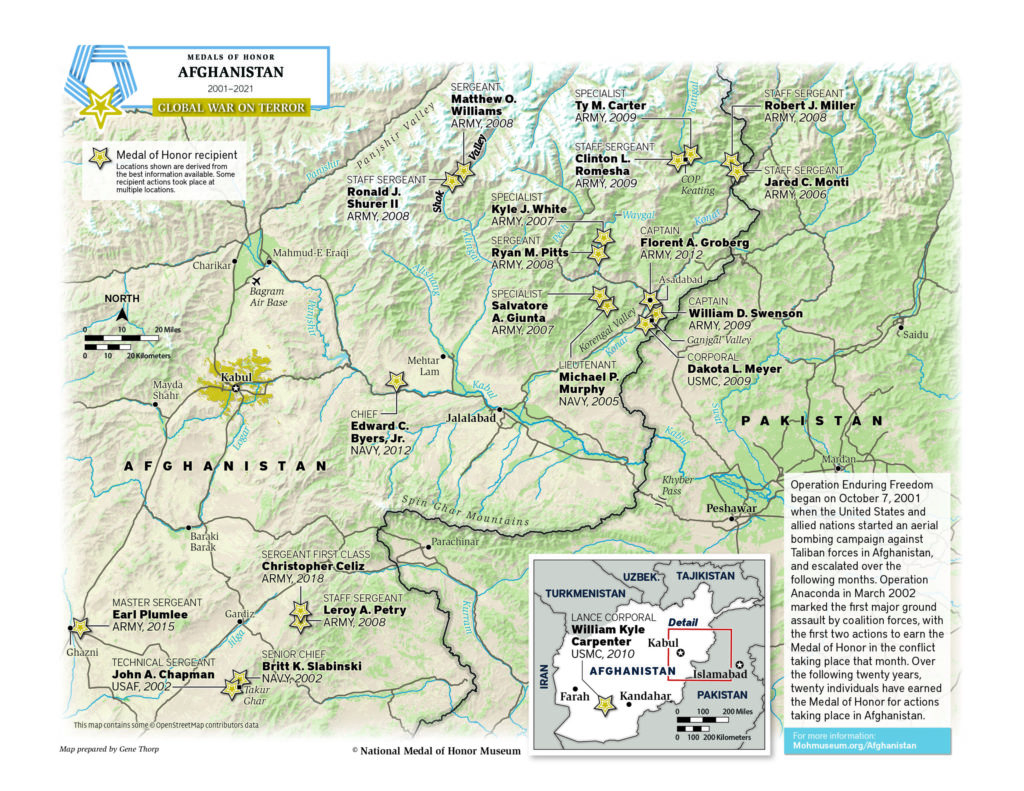
After securing the site where Razor 03 crash landed, Slabinski and the rest of his team evacuated back to their base in Gardez. It was shortly after landing that Slabinski and the team agreed to return to the summit of Takur Ghar, despite the grave risks, to rescue Roberts. By the time their new helicopter, Razor 04, returned MAKO 30 to the peak just before 5:00AM, Roberts probably had been dead for about half an hour. Unaware of this, MAKO 30 directed air strikes and engaged the enemy for the next twenty minutes, clearing bunkers and killing several insurgents. Slabinski and Chapman, working together along with the rest of their teammates, demonstrated exceptional courage under fire. Chapman and two other SEALs were wounded, however, and MAKO 30 was forced back from the peak as the team fought against tremendous odds. Chapman was shot multiple times, but during the course of his action on the mountain, he engaged and killed several insurgents, before being killed in action. Slabinski, meanwhile, ensured the safety of his team under continuing enemy fire, tending to the wounded and, when enemy pressure forced a further withdrawal down the mountainside, carrying one of his wounded teammates through waist-deep snow.
As action continued on Takur Ghar, a quick reaction force (QRF), consisting of just over twenty U.S. Army Rangers and Air Force personnel, was deployed on two Chinooks (Razor 01 and Razor 02) to extract the survivors of MAKO 30. As it approached the peak, Razor 01 came under intense fire that wounded both pilots, killed the door gunner, and seriously damaged the helicopter. As it crash-landed, the Army/Air Force QRF team debarked, immediately coming under enemy fire that killed three team members. Combat continued, and the remaining team members took cover. Razor 02 meanwhile deployed the other half of the QRF some distance away. This team spent the next two hours moving uphill through heavy snow before linking up with the remainder of the team from Razor 01 and engaging the enemy in close-quarters fighting. Following effective airstrikes called in by the Americans and nearby Australian allies, the Rangers stormed the peak of Takur Ghar and held it under continuing enemy pressure. Although the Americans on the mountaintop sought extraction, this was believed to be unsafe during the day, and so MAKO 30 and the QRF was not brought away from Takur Ghar—forever to be known as Roberts Ridge after the late Neil Roberts—until 8:15PM.
Seven Americans in total were killed in action during this engagement, and another twelve wounded. And while all demonstrated exceptional bravery, Slabinski and Chapman would be decorated—Chapman posthumously—with the Medal of Honor for valor above and beyond the call of duty.
